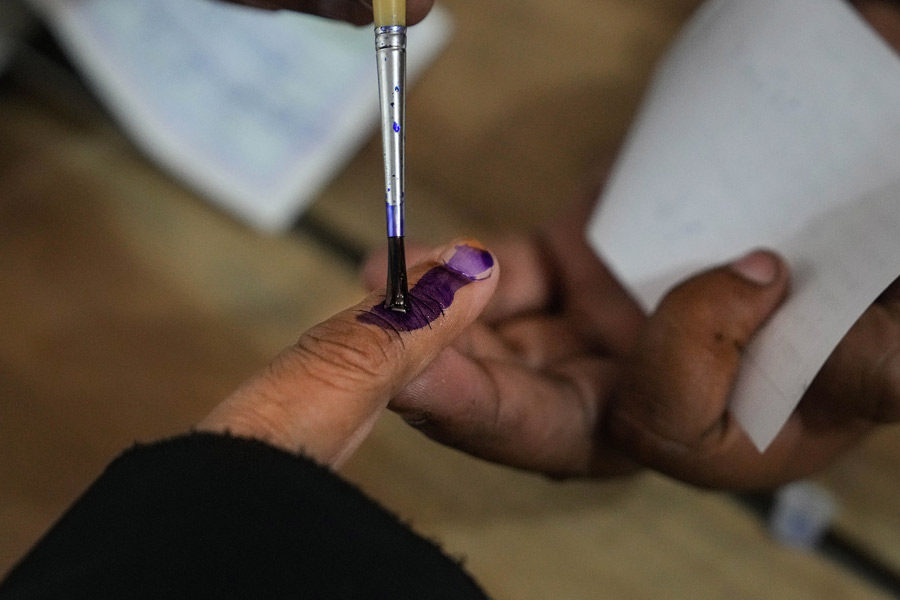The roots of the Indo-European languages date back to about 8,100 years ago in a region south of the Caucasus, according to a study released on Thursday that has also suggested that Vedic Sanskrit was not the direct ancestor of the modern Indic languages.
The study has challenged two existing competing theories on the origin of the Indo-European language family that encompasses over 400 languages — from English, French and Greek to Bengali, Persian and Russian — spoken by almost half the world’s population.
The steppe hypothesis had proposed an origin about 6,000 years ago in the central Asian steppes north of the Caspian Sea amid horse-based pastoralists. The Anatolian hypothesis had argued for an even earlier origin about 9,000 years ago in present-day Turkey amid farmers.
“Our findings contradict the elements of both (theories),” said Russell Gray, the head of linguistics and cultural evolution at the Max Planck Institute for Evolutionary Anthropology in Germany and a senior author of the new study published on Thursday in the US journal Science.
Gray and his colleagues have instead proposed a “hybrid hypothesis” that places the roots at about 8,100 years ago south of the Caucasus, or the northern arc of the Fertile Crescent, the region where farming originated. The northern arc would cover present-day eastern Turkey, Armenia, Azerbaijan and Iran.
But their study also suggests that while the ultimate homeland was south of the Caucasus, five main branches had split off by around 7,000 years ago. And a branch moved northwards into the steppe that served as a second homeland for branches of the Indo-European languages in Europe.
The route through which ancestral Indo-European languages moved into the Indian subcontinent remains unclear. Paul Heggarty, the study’s first author, said it was possible that the languages moved along a “southern route” — south of the Caspian Sea — from west Asia, Iran, into the subcontinent. But some researchers argue that they could also have moved along north of the Caspian Sea from Central Asia into the subcontinent.
The researchers constructed a dataset of core vocabulary from 161 Indo-European languages, including 52 ancient languages, and used statistical techniques to create a language family tree and test whether ancient languages such as Classical Latin or Vedic Sanskrit were direct ancestors of modern languages.
Their analysis has indicated that the Sanskrit of the Vedic texts was not the direct ancestor of modern Indic languages, but was a distinct sister dialect. Even the Prakrit languages of medieval India “do not derive from Sanskrit and, specifically, do not go back directly to the Sanskrit in the Vedic texts".
“While these ancient (languages) were quite closely related to the ultimate ancestor of all Indic languages, they were not exact reflections of what ancestral speech community would have spoken,” Gray said. “Instead, they were written versions used by elites in religious ceremonies.”
Earlier studies had often produced conflicting results. Haggerty said that “while we’re building on nearly 200 years of research on the Indo-European languages”, the dataset used in the new study provided a full and balanced sample of languages. Assumptions that some modern spoken languages have emerged directly from ancient written languages were also dropped. Instead, the researchers put those assumptions to test.











